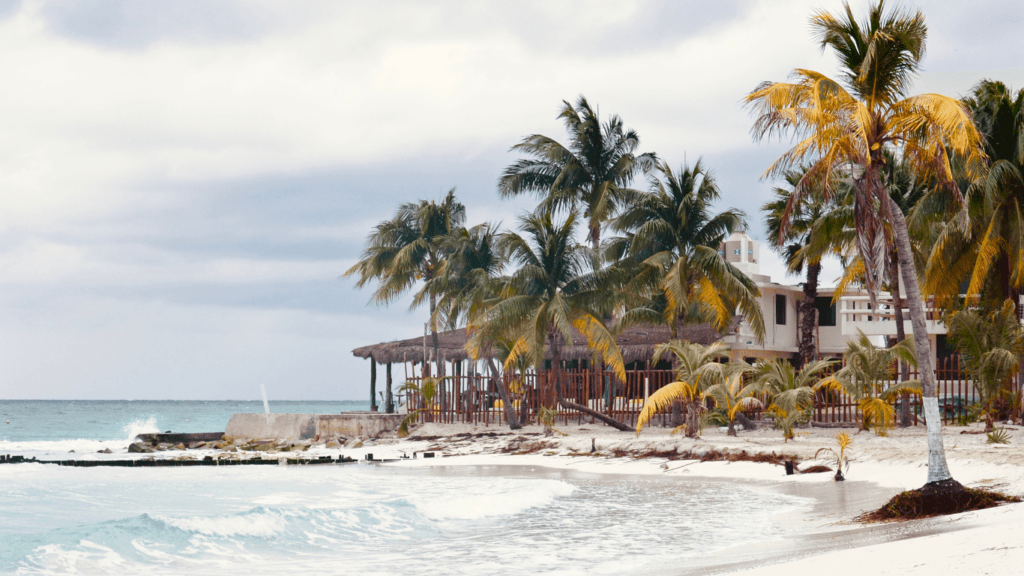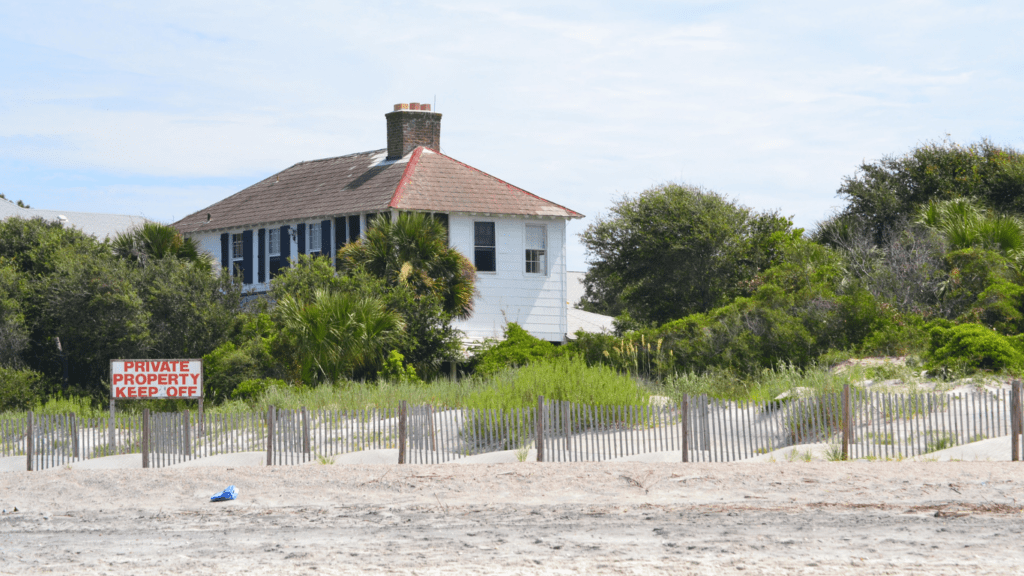As someone deeply immersed in the real estate market, I’ve witnessed fascinating shifts in the trends surrounding second-home and vacation property purchases. The allure of owning a getaway retreat or an investment property is undeniable, and recent developments in this sector have been nothing short of intriguing.
From changing buyer demographics to evolving preferences in property locations, the landscape of second-home acquisitions is evolving rapidly. In this article, I’ll delve into the latest trends shaping the second-home and vacation property market, offering insights into what drives buyers’ decisions in this competitive arena.
Whether it’s the rise of remote work influencing property choices or the impact of lifestyle changes on investment strategies, understanding these trends is crucial for both buyers and sellers in today’s dynamic real estate environment. Let’s explore the exciting developments defining the realm of second-home and vacation property purchases.
Current Landscape of Second-Home Market
The second-home market is experiencing a shift as evolving buyer demographics and preferences drive change in property features and locations. With the rise of remote work and a growing focus on lifestyle choices, second homes are no longer solely a luxury purchase but a strategic asset for both lifestyle enjoyment and financial returns.
These changes reflect broader societal trends, with buyers redefining their investment strategies in response to new work dynamics and lifestyle priorities. For both investors and sellers, understanding these trends is essential to navigating the increasingly competitive second-home market.
Popular Destinations for Second-Home Purchases
When considering popular destinations for second-home purchases, several factors come into play. These locations often cater to specific preferences and lifestyles that buyers seek when investing in a second home.
Beachfront Properties
Beachfront properties have always been a desirable choice for second-home buyers looking to enjoy relaxing vacations and stunning ocean views. Coastal areas such as Miami Beach, Malibu, and the Hamptons are perennial favorites for those seeking a beachside retreat.
These destinations offer not only natural beauty but also a luxurious lifestyle coupled with amenities like waterfront dining, water sports, and vibrant nightlife.
Mountain Retreats
For those who prefer a serene escape surrounded by nature, mountain retreats are a popular choice for second-home purchases. Locations like Aspen, Colorado, and Lake Tahoe, California, attract buyers looking for a peaceful retreat where they can unwind and indulge in outdoor activities all year round.
Mountain properties offer access to hiking trails, skiing in the winter, and breathtaking views that provide a sense of tranquility and seclusion.
Urban Getaways
Urban getaways appeal to buyers seeking a blend of convenience, culture, and entertainment in their second-home location. Cities like New York City, San Francisco, and Chicago offer a vibrant urban lifestyle with world-class dining, shopping, and cultural attractions.
Second homes in urban settings cater to those who enjoy the hustle and bustle of city life, proximity to amenities, and access to a diverse range of experiences right at their doorstep.
Factors Driving the Increasing Demand
Exploring the surge in demand for second-home and vacation properties unveils several compelling factors that are shaping buyer behaviors and market dynamics.
- Lifestyle Shifts: Evolving lifestyle preferences, driven by remote work flexibility and an increased focus on work-life balance, are propelling individuals to seek second homes in serene locations that offer a retreat from bustling city life.
- Investment Potential: The growing recognition of real estate as a stable and profitable investment avenue is motivating buyers to capitalize on the potential appreciation of second-home properties over time.
- Airbnb and Rental Income: The popularity of platforms like Airbnb and a rising demand for vacation rentals have encouraged prospective buyers to invest in properties that can generate substantial rental income when not in use.
- Low Interest Rates: Favorable borrowing conditions, including historically low mortgage interest rates, have made financing a second home more accessible, driving increased demand in the market.
- Tax Benefits: Tax advantages associated with owning a second home, such as deductions on mortgage interest and property taxes, are incentivizing buyers to make investments in vacation properties.
- Desire for Personal Enjoyment: Beyond financial considerations, many buyers are motivated by the desire to create lasting memories with loved ones and enjoy quality leisure time in their own private retreat.
- Hedge Against Uncertainty: Amid economic uncertainty and market fluctuations, second homes serve as a tangible asset that provides a sense of stability and security for investors seeking to diversify their portfolios.
- Luxury Amenities and Lifestyle: The allure of luxurious amenities, exclusive communities, and access to recreational activities in popular vacation destinations is a significant driver for individuals seeking a sophisticated lifestyle experience.
Navigating the intricate landscape of second-home and vacation property purchases requires a comprehensive understanding of these underlying factors shaping the increasing demand in the market.
Impact of Technology on Second-Home Purchases
Exploring the impact of technology on second-home purchases reveals a significant influence on buyer behaviors and market dynamics. Technology has revolutionized the real estate industry, offering new avenues for property research, virtual tours, and remote transactions.
In today’s digital age, buyers leverage various online platforms and tools to explore, evaluate, and invest in second-home properties with ease and efficiency.
- Online Property Portals: Leveraging online property portals such as Zillow, Realtor.com, and Redfin provides buyers with a vast database of second-home listings, detailed property information, and virtual tours. These platforms offer a comprehensive view of available properties, enabling buyers to shortlist potential homes based on their preferences and budget.
- Virtual Reality (VR) Tours: Virtual reality technology allows buyers to immerse themselves in virtual tours of second-home properties from the comfort of their current location. By donning a VR headset or exploring 3D walkthroughs online, buyers can experience the look and feel of a property, inspecting details and layouts as if they were physically present.
- E-Signature Platforms: E-signature platforms like DocuSign and HelloSign streamline the purchasing process by enabling remote signing of documents. Buyers can electronically sign contracts, agreements, and other paperwork securely and efficiently, reducing the need for in-person meetings and expediting the transaction process.
- Data Analytics and Market Insights: Real estate technology tools harness data analytics and market insights to provide buyers with valuable information on property trends, pricing dynamics, and investment opportunities. By analyzing data on property appreciation rates, rental yields, and market forecasts, buyers can make informed decisions on second-home purchases.
- Mobile Applications: Mobile applications tailored for real estate empower buyers to search for second-home properties on the go. These apps offer customized alerts, neighborhood information, mortgage calculators, and communication tools, enhancing the buying experience and enabling quick decision-making.
Technology continues to reshape the landscape of second-home purchases, offering buyers enhanced capabilities for property exploration, evaluation, and transaction management. By embracing digital tools and platforms, buyers can navigate the real estate market with confidence, making informed decisions that align with their investment goals and lifestyle preferences.



